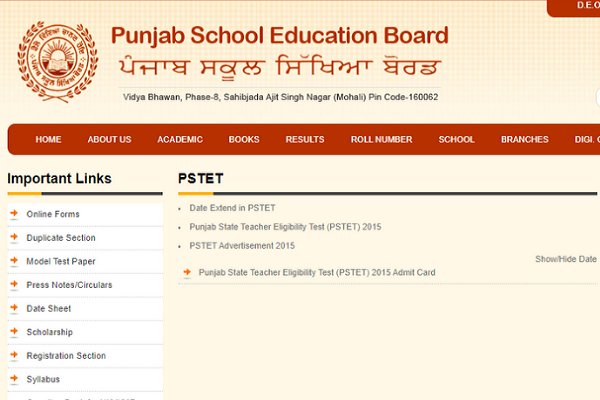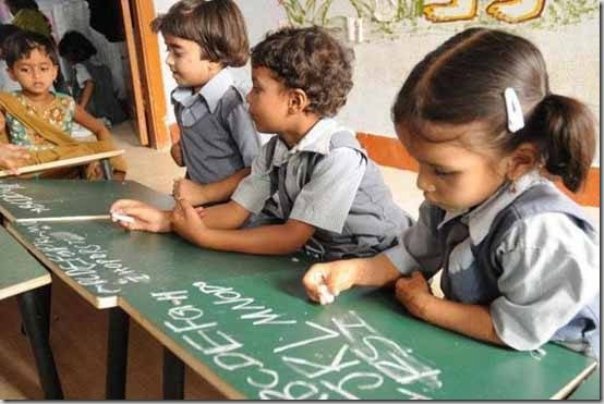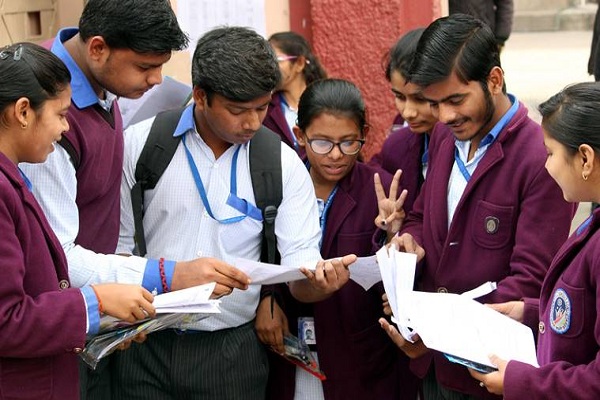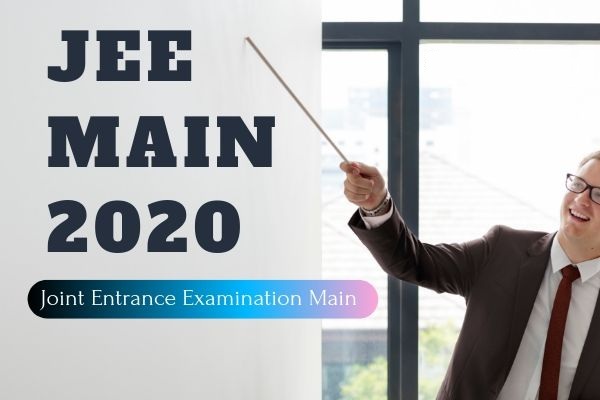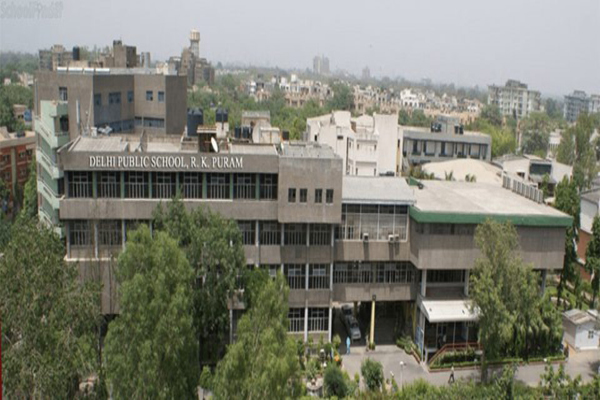Pacing the endeavors under Skill India to make the country the Skill Capital of the World, Government of India in collaboration with Government of Gujarat and Tata laid the foundation stone of Indian Institute of Skills (IIS) at Gandhinagar in Gujarat.
The landmark event was graced by the eminent dignitaries like Vijay Ramniklal Rupani, Hon’ble Chief Minister, Gujarat; Dr. Mahendra Nath Pandey, Minister for Skill Development and Entrepreneurship; Nitin Bhai Patel, Deputy Chief Minister, Gujarat; RK Singh, Minister of State (IC) Power and New & Renewable Energy and MoS, MSDE; Ratan Tata, Former Chairman of Tata Sons; Dilip Kumar Viraji Thakor, Minister of Labour and Employment, Gujarat Government; Anil Mukim, Chief Secretary, Gujarat Government; Natarajan Chandrasekaran, Tata Sons; A M Naik, Chairman, National Skill Development Corporation & Group Chairman, Larsen & Toubro Limited; Praveen Kumar, Secretary, MSDE along with other senior officers of MSDE and Gujarat Government. Amit Shah, Minister of Home Affairs graced the occasion as the Chief Guest.
Leveraging the industrial ecosystem to drive skilling in India, Tata Education Development Trust (TEDT) will invest in the project to build a campus that aims to bring best-in-class infrastructure and facilities to students in 20 acres of land in Nasmed, Gandhinagar, Gujarat. The aim of the Institute is to ensure that a minimum of 5000 trainees will get trained annually with 70% placement opportunities.
The primary goal behind setting up the institute is to make the youth employable and industry-ready as per the evolving demands of the global market. The vision behind setting up IIS is to build world-class skill training centers in line with the centers equipped with world-class vocational training facilities and repute. The institute will provide advanced skills in highly specialized areas like defense, aerospace, oil & gas and other emerging business domains to meet the requisite industry demands. The institute will be one of the premier training institutions in the country making vocational training aspirational for the youth.
The institute will facilitate learnings and training through strong industry connections in both the public and private sectors. The courses in this institute will include modern training methodologies using digital and augmented learning platforms. It is also an important step towards promoting apprenticeship-embedded courses and offering higher order qualifications leading up to certificates, diplomas and even degrees in conjunction with universities. The smart tools will accelerate the business of tomorrow with smart content and modularized curriculum, smart delivery and pedagogy enabled by technology, experiential learning and outside-in approach to skill development.
While laying the foundation stone, Amit Shah, Minister of Home Affairs said, “Indian Institute of Skills (IIS) in Gandhinagar makes the ethos of Skill India stronger and will help achieve the vision of our Honorable Prime Minister, Narendra Modi of making India the skill capital of the world. Our population of 130 crores has a maximum number of youth which also makes us the youth capital of the world. It is the power of the nation’s skilled youth which will drive India to become a $5 trillion economy if its capabilities are channelized in the right direction. I extend immense gratitude towards the Government of Gujarat, Ministry of Skill Development and Entrepreneurship and Tata Education Development Trust for joining the Skill India Mission. The collaboration will gradually transform the state’s youth from job seekers to job givers.”
Dr. Mahendra Nath Pandey, Hon’ble Union Minister for Skill Development and Entrepreneurship, said, “Our honorable Prime Minister has taken forward the vision of Mahatma Gandhi of making the country’s youth independent and self-sustained with Skill India Mission. The aim of setting up this state-of-art infrastructure is to provide outstanding technical and vocational learning in various sectors. This will further raise the aspirations, develop skills and change the lives of millions of youth in the country. It will aspire to earn a similar reputation and stature as world-class global institutes of skilling catering to the demands of the international market and modern requirements. The IIS would not only provide a certificate program in higher-order skills, but would also offer a two-year diploma course, or an advanced diploma course. The majority of courses offered would be apprenticeship-embedded courses to ensure better industry-employer connect and improved future employment potential.”
Vijay Ramniklal Rupani, Hon’ble Chief Minister of Gujarat, expressed “Gujarat has been a significant contributor to India’s GDP. With IIS Gandhinagar, an institute envisioned after the world-class institutions like IIT and IIM a new impetus will be given to the state’s skilling ecosystem. I deeply thank our honorable Prime Minister, Narendra Bhai Modi, Union Home Minister, Amit Shah and Skill Development Minister, Dr. Mahendra Nath Pandey. Gujarat is at the forefront of employment generation in the entire country and has created 86 percent of the total employment. Training is required according to the new technologies and trends so that the youth of Gujarat can become job providers from job seekers. Keeping in mind the pace of development in Gujarat, IIS is a great step in the direction of skill development. The institute will contribute significantly to realizing the ‘New India’ concept of Prime Minister and will extend all possible support to this institute on behalf of the state government.”
Ratan Tata, Former Chairman of Tata Sons, said “The institute will offer students the latest in training facilities and on-the-job training. Students will be exposed to modern training methodology and tools including simulators, virtual learning and augmented learning platforms. Investing in skill development is imperative. As we know what are the skills required for the future of jobs, it is time to build reskilling, upskilling and deep-skilling as part of our country’s growth strategy. The laying of the foundation stone for IIS Gandhinagar is but one step closer to achieving that. I only hope that if I was twenty years younger, I would have more actively participated in this landmark vision. This vision of skilling the youth of the country in market-relevant skills is surely taking India forward while making a mark on the global landscape”







